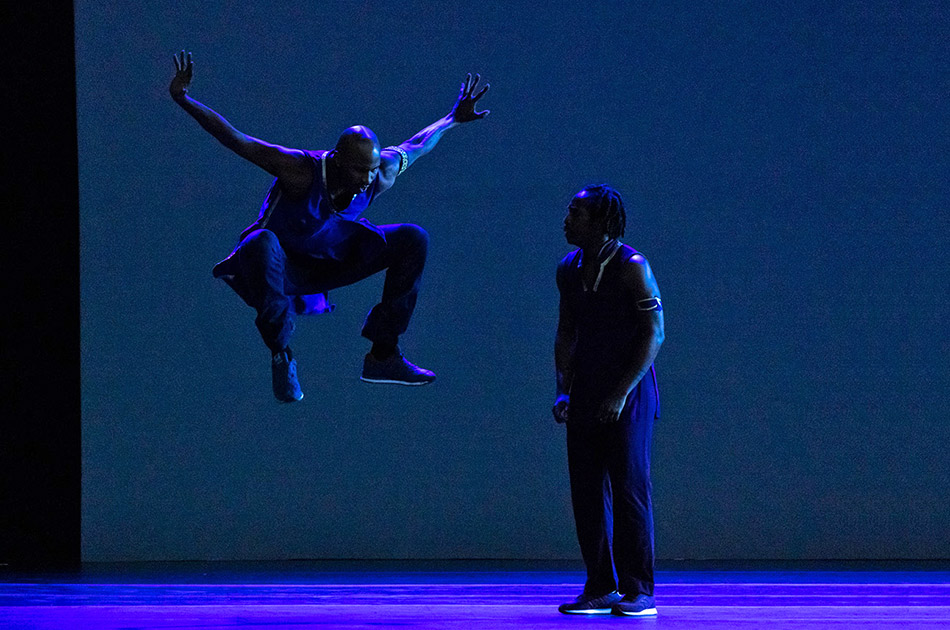
© Erin Baiano. (Click image for larger version)
New York – Memorable Dances of 2021
Last spring, live dance began its gradual return to New York City. The wait had been long, and the longing intense. I remember the first performance I saw in New York as if it were yesterday. It was in April at the Guggenheim Museum, part of the Works & Process series. Six dancers from the Mark Morris Dance Group performed excerpts from Morris’s Words in the atrium, surrounded by the ascending spiral of Frank Lloyd Wright’s magnificent building. Colin Fowler played Mendelssohn, and the dancers twirled, and lunged, and swung their arms as if swinging invisible baseball bats. And it was electrifying.
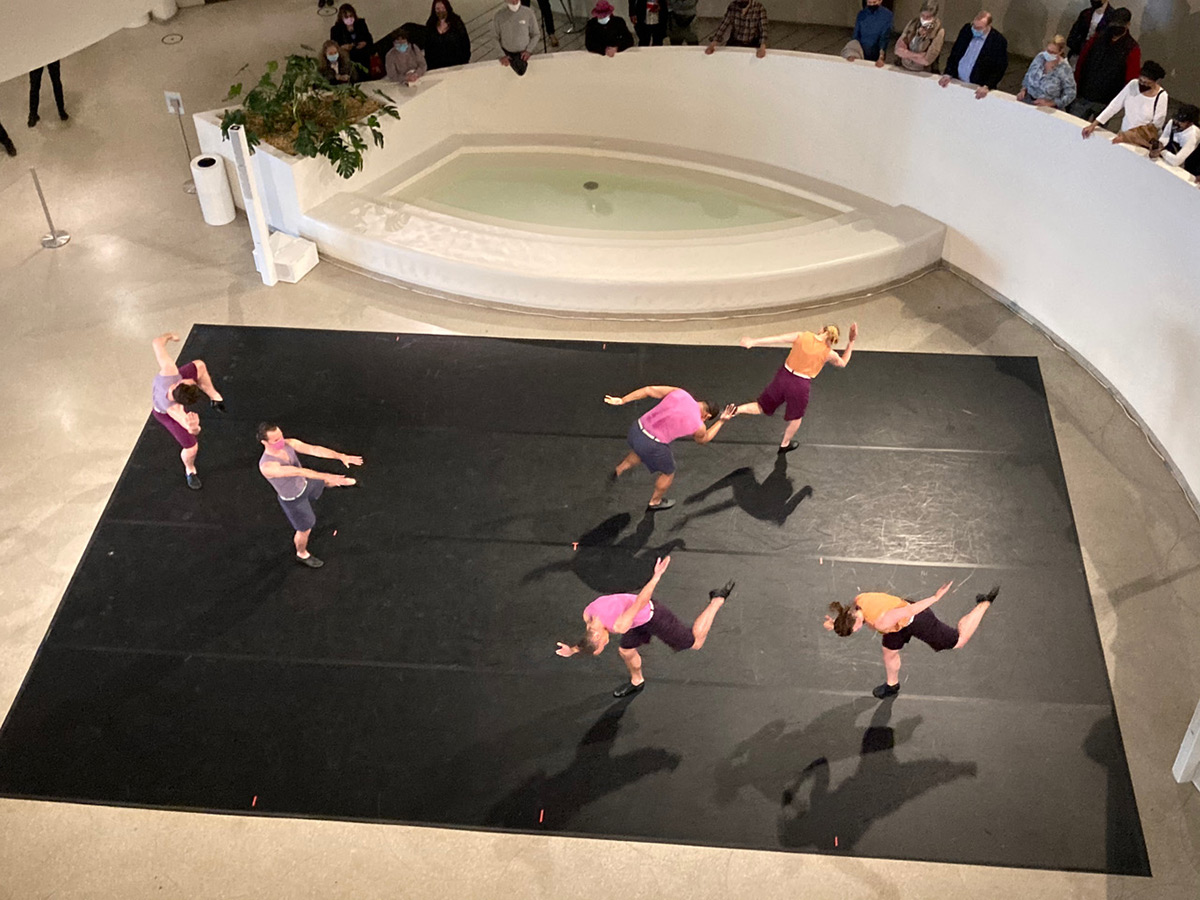
© Marina Harss. (Click image for larger version)
A lot has happened since. We’ve once again become accustomed to sitting in dark rooms filled with (masked) people. Returning to Lincoln Center in September felt like the most natural thing in the world, like picking up where we left off. This is life as it should be, and we appreciate it all the more.
Still, it has been an anomalous season. Foreign companies, who normally come through in quick succession, have been absent. Almost all the artists at Fall for Dance this year were New York-based. The sense of exchange and surprise that is a constant in our cultural life was missing. The greatest thrill has been the dancers, who could not wait to get back into the studio, and onto the stage, dancing with each other and for us. Their energy has been the season’s driving force.
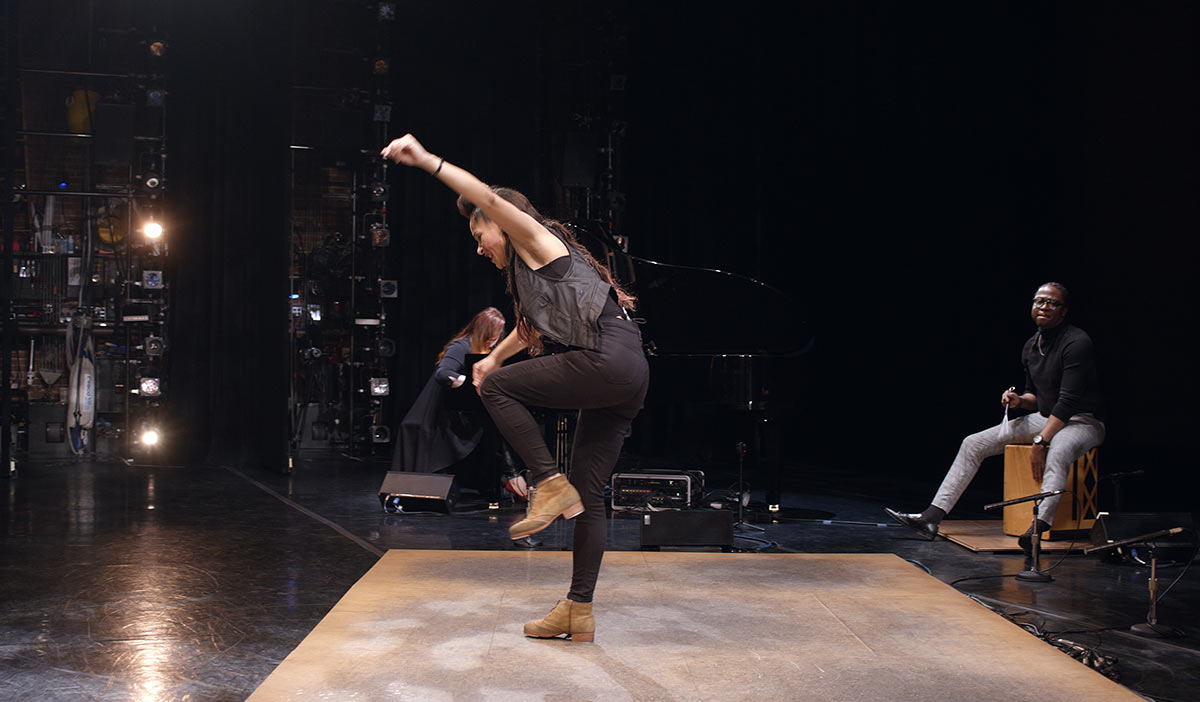
Before it became possible for dancers to perform live, there were a couple of virtual dances that managed to transcend the screen. The happiest example of this was Ayodele Casel’s joyful tap evening Chasing Magic, distributed online by the Joyce Theater in early April. Casel, with the jazz musician Arturo O’Farrill, the dancer and choreographer Ronald K. Brown, and four additional tap dancers, managed to produce a performance that exuded warmth, friendship, spontaneity, and a deep, deep love of music and movement. Each dance was like a conversation, free-flowing, improvisatory, and full of wit. That show made me long to be back in the theater again.
And then in May, at a time when the situation in India was particularly dire, the Dancing the Gods festival brought us virtual performances that reminded us of the greatness and variety of classical Indian dance. The soloists were Rama Vaidyanathan and Surupa Sen. Vaidyanathan, a specialist in Bharatanatyam, interpreted three songs about women reacting to the amorous advances of a male god. Surupa Sen used the language of Odissi to express the love between Radha and Krishna in three songs from the Gita Govinda. Vaidyanathan performed on a terrace in Delhi, with the Mughal Emperor Humayun’s tomb as her backdrop. Her performance was full of charm and detail; her eyes danced as much as her feet or hands. Sen, a more internal artist, built phrase upon phrase, linking them together in prolonged waves of emotion.

© Inni Singh. (Click image for larger version)
But let’s get back to the live performances. Just before the start of the fall season, there was an outdoor festival at Lincoln Center, at which dancers from New York City Ballet, Dance Theater of Harlem, American Ballet Theatre, Ballet Hispanico, and Alvin Ailey all performed. It was dubbed the BAAND Together Dance Festival. The energy was high, the crowd ecstatic. The apex of the series was a performance by the Ailey dancers of Rennie Harris’s infectious hip-hop tribute to Alvin Ailey, Lazarus. The dancer Jeroboam Bozeman danced with such intensity it seemed as if he might explode into a ball of flame before our eyes. (See lead image. Ed)
Equally transcendent was Lloyd Knight’s performance of Molissa Fenley’s 1988 States of Darkness at the Joyce in late summer. Set to Stravinsky’s The Rite of Spring, the dance is a tour de force for a solo dancer, who ends up bathed in sweat, sustained by incomprehensible hidden reserves of energy bordering on delirium. Knight shaped his body into concave and convex shapes, skated across space, and slashed at his body with his limbs. Through it all, he maintained an uncanny focus, as if watching the dance unfold even as he performed it. Time stood still.
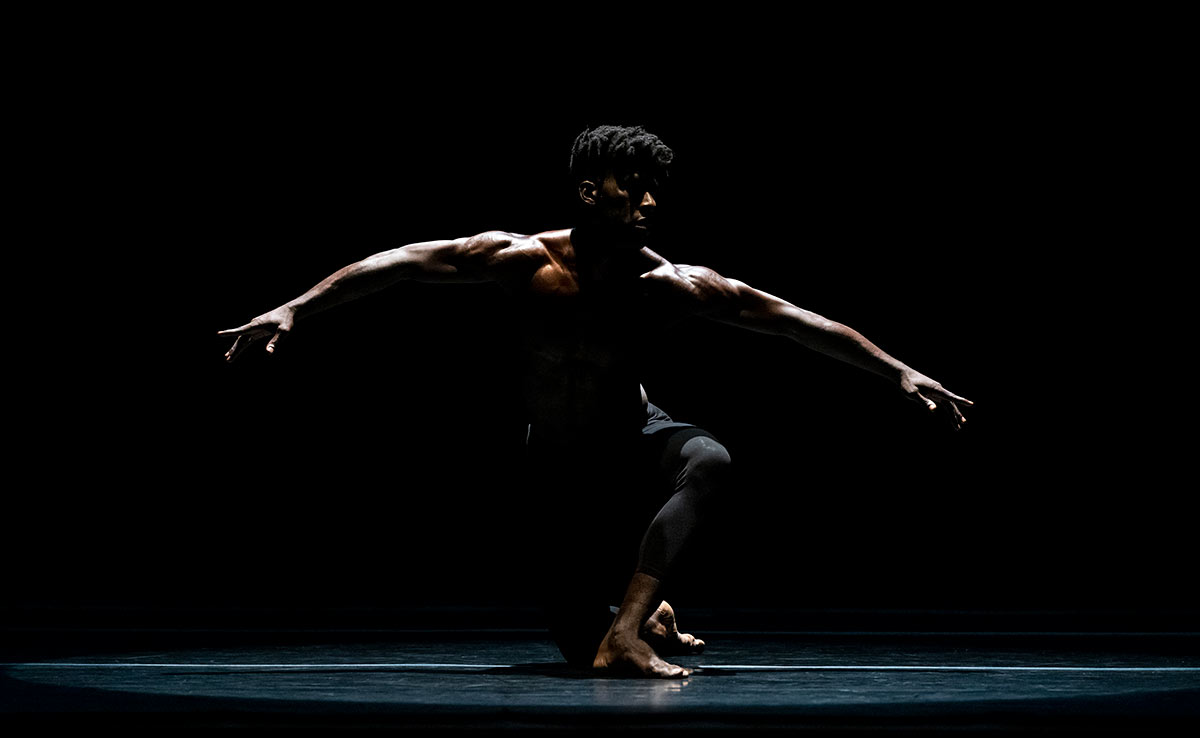
© Art Davidson. (Click image for larger version)
In September, New York City Ballet returned to the stage for several weeks of mixed repertory. Opening night was an important moment, but the real highs came later in the season. Mira Nadon gave a bold, no-holds-barred performance of Monumentum Pro Gesualdo and Movements for Piano and Orchestra, among the best I’ve seen. She holds nothing back. Why is she still in the corps de ballet? A few weeks later, Lauren Lovette, who retired from the company at the end of the season, danced the pas de deux from Christopher Wheeldon’s After the Rain with such an inner glow that she managed to yank it back from the realm of cliché, where it has long resided. Tiler Peck and Roman Mejía gave a memorably suave, playful rendition of Jerome Robbins’ Other Dances. Mejía, an earthy, unpretentious dancer, was born to dance this Baryshnikov role. Sara Mearns sizzled as the woman in red in Alexei Ratmansky’s Russian Seasons, his first ballet for the company, and still one of his finest.

© Erin Baiano. (Click image for larger version)
American Ballet Theatre brought back the more leisurely pace of nineteenth-century narrative ballet with its run of Giselle’s at the David H. Koch Theater. I was especially moved by the pairing of Gillian Murphy with the recently-promoted principal Thomas Forster. Murphy made no attempt to rein in her physicality or put on waif-ish airs. Her Giselle was expansive, warm, and full of life. Her interpretation was heightened by the quiet ardor of her partner. Forster is a natural actor, with an actor’s timing and the ability to use his eyes, and his pacing, to let us know us exactly what he is feeling, without exaggeration. Their partnership was deeply satisfying.

© Rosalie O’Connor. (Click image for larger version)
My last pick is once again a dance for the screen. Not the small, frustrating screen of a computer, but rather the enveloping, dream-inducing screen of a movie theater. In December, the release of Steven Spielberg’s West Side Story, delayed for a year by the pandemic, was everything the advance hype promised it would be. Beautifully filmed, with a period feel and colors that evoke the musicals of the sixties, it is both true to its source and so meticulously crafted that it makes the best possible argument for a remake of the beloved 1961 original. Bernstein’s music, played by the LA Philharmonic under the baton of Gustavo Dudamel, fills your ears with syncopations and dazzling musical colors. The actors’ singing is of very high quality. Sondheim’s lyrics pop. But it is the dance sequences, by Justin Peck, that provide the film’s motor. The steps may not be as memorable as Jerome Robbins’, but the dances fill your senses with color and movement, making you move in your seat. The dancers are phenomenal. And the camera conveys the choreography with visceral power, so you feel you are almost in the dance.
So, here’s to dance, and to music, and to going to the theater, surrounded by our fellow humans. May it all continue in the new year.











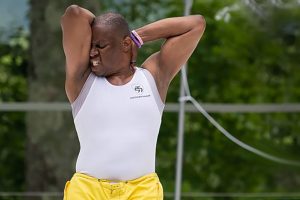




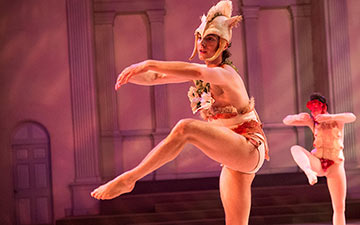
You must be logged in to post a comment.